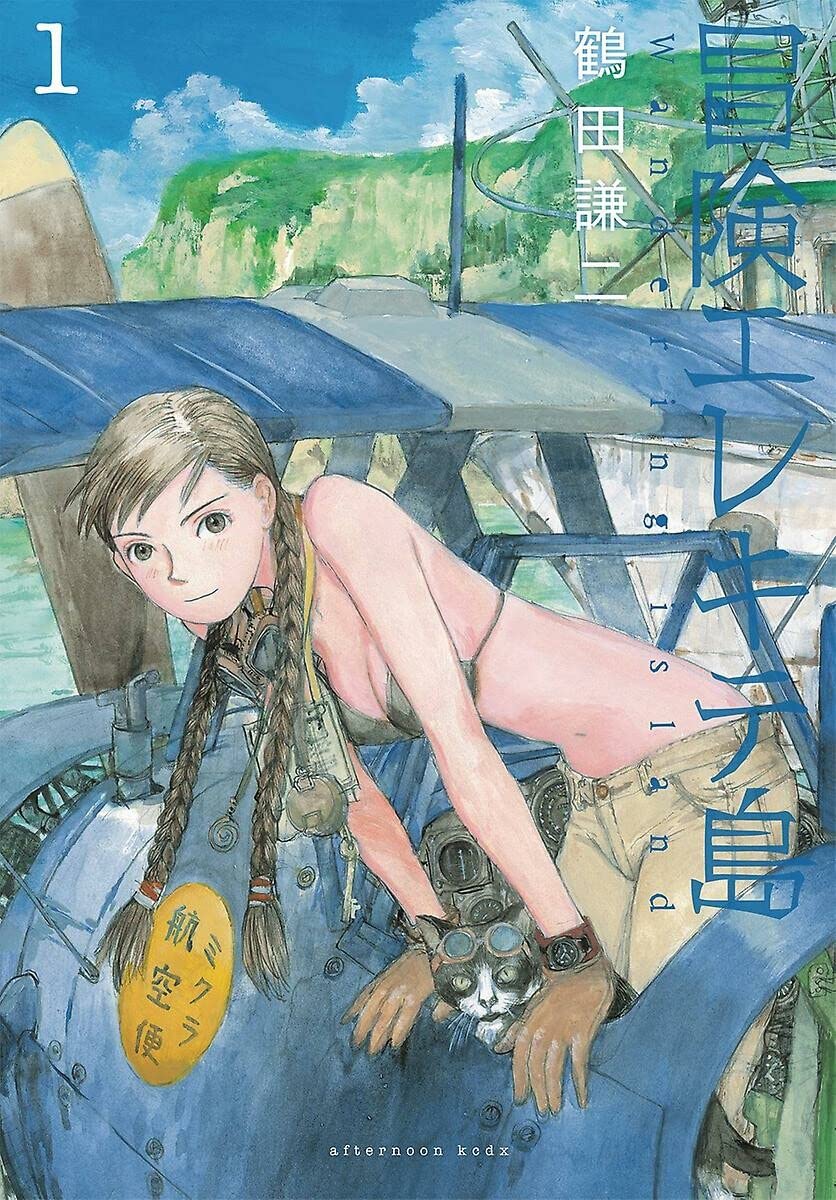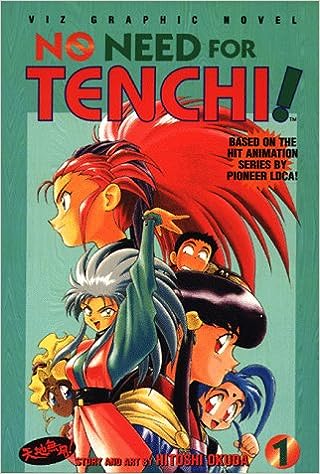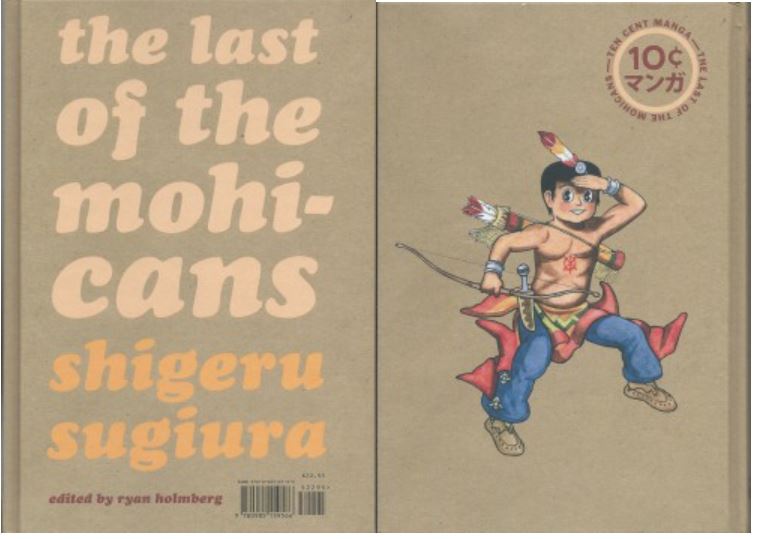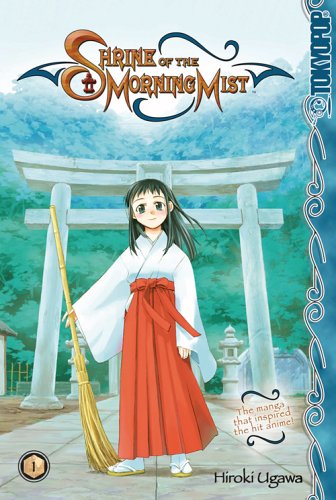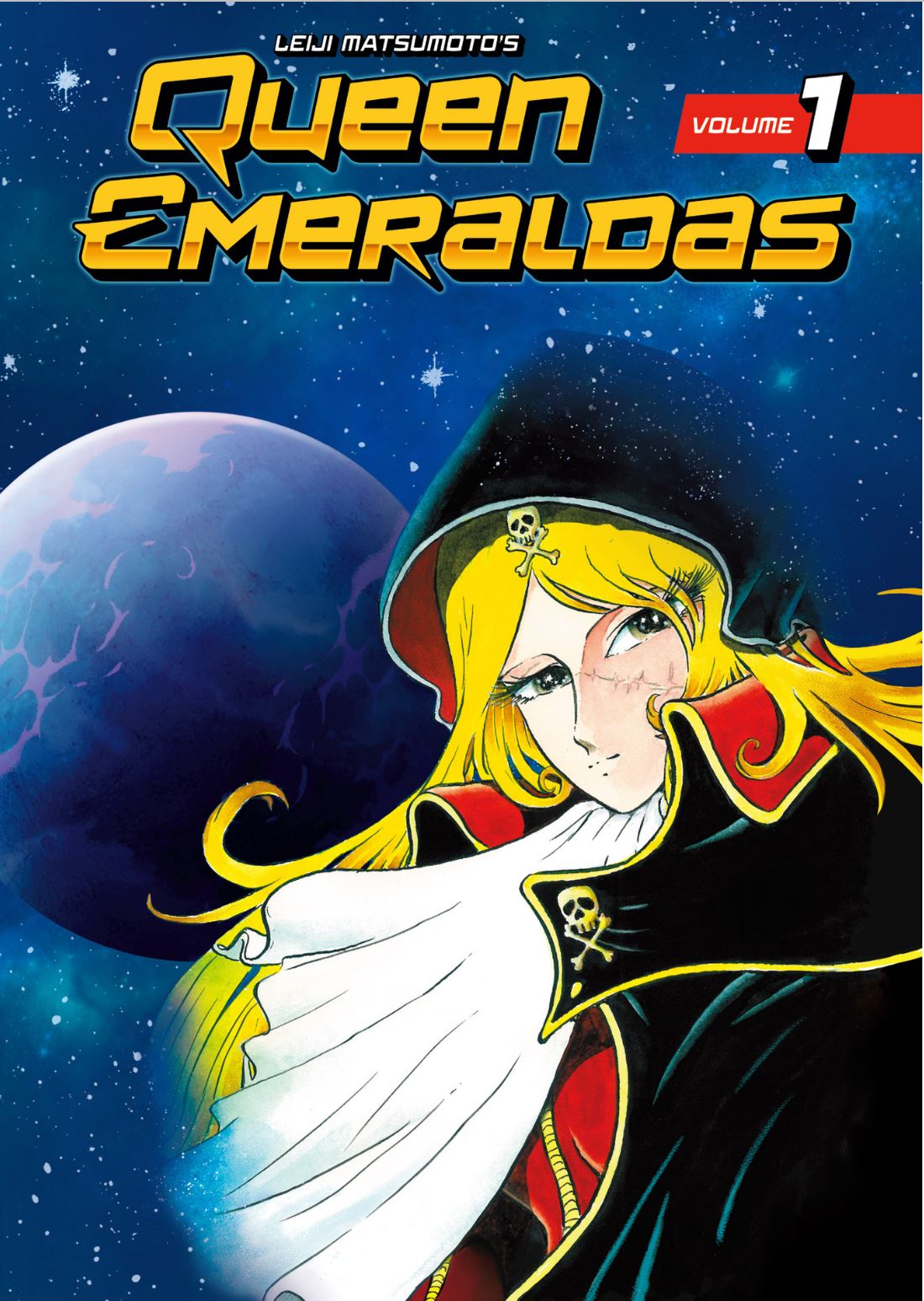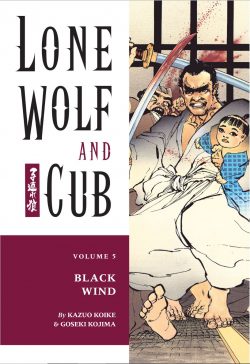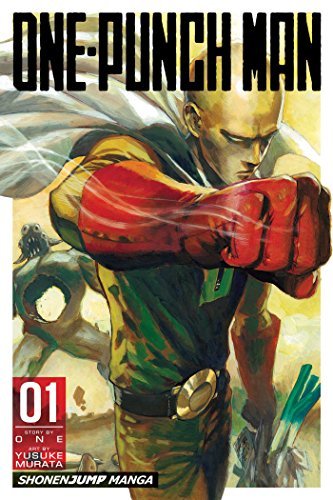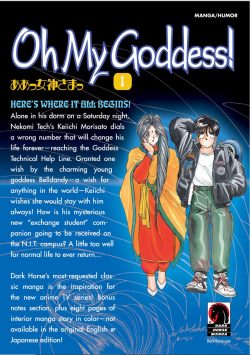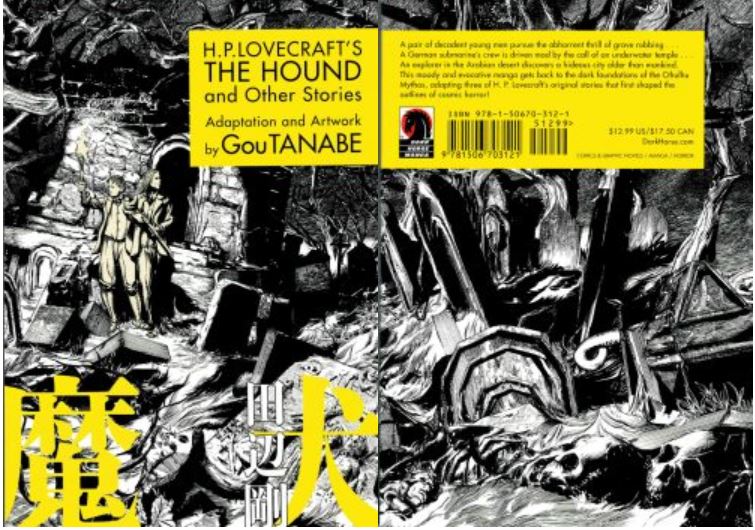
Adapted by Gou Tanabe, translated by Zack Davisson (Dark Horse)
ISBN: 978-1-50670-312-1 (Tankobon paperback/Digital edition)
If you’re one of those people who’s never read a manga tale, or who’s been tempted but discouraged by the terrifying number of volumes these tales can run to, here’s a delicious feast of fantasy fables complete in one book revealing all that’s best about comics from the East in one darkly digestible big gulp.
Most manga can be characterised by a fast, raucous, even occasionally choppy style and manner of delivery but this volume of emphatically eerie adaptations is atmospheric, suitably scary and marvellously moody: just as you’d hope when recreating classic tales by the undisputed master of supernatural terror…
Howard Phillips Lovecraft was frail, troubled and remarkably ill-starred. Born August 20th 1890, he was truly afflicted with a hunger to write, but only achieved any degree of success after his death in March 1937 – following a life of desperate penury – from complications of intestinal cancer. Once he was gone, his literary star ascended, with posthumous publications making him a household name who changed the face of fiction forever.
His stories have deeply affected generations all over the world. One person particularly moved is international literary specialist Gou Tanabe who has previously adapted the works of Maxim Gorky and Anton Chekov to manga form.
Perfectly capturing the relentlessly oppressive and inescapably sombre sense of approaching fatality permeating most of Lovecraft’s potent prose, ‘The Temple’ was written in 1920 and first published 5 years later in the September issue of Weird Tales. The adaptor’s mildly updated version (migrated from WWI to WWII) originated in esteemed anthology magazine COMIC BEAM in March and April 2009: detailing the depredations of U-Boat U-29 and the doomed fools who man her.
After a particularly rewarding campaign, German Navy Commander Karl Heinrich Graf von Altberg-Ehrenstein and his officers are taking the night air when they notice a dead British mariner gripping the sub’s handrail. Whilst trying to unlock the mariner’s death grip and eject the corpse, one of them salvages an ancient artefact – a small carved head – and pockets it.
From that moment, their voyage is damned…
Soon, madness and mishap grip the vessel. Death decimates the crew and inexorably the survivors drift ever deeper into depths both physical and metaphorical. When only one remains, he finds the U-boat drawn to a fantastic city and magnificent temple sunken beneath the waves. It is filled with statuary like the little head in his pocket…
Just as he raises his pistol to end the horror, the shattered sole survivor sees shining lights in the sunken edifice…
Lovecraft penned ‘The Hound’ in September 1922 and Weird Tales published it in 1924. Gou Tanabe’s chilling interpretation debuted in July 2014 in the online edition of Comic Walker. The tale is grim, grisly, exquisitely decadent and supremely shocking, detailing the extravagant excess of English gentleman grave-robbers and diabolist magical parvenus St. John and our unnamed narrator.
Bored and indolent, they renew their sordid, blasphemous hobby in a Dutch boneyard, exhuming an arcane trinket from a grave sealed for half a millennium and reap a ghastly bounty after liberating a vengeful howling horror…
After its first foray into the material world, the surviving dabbler attempts every stratagem to escape or expiate the beast, and finds some things have no use for apologies or reparations…
Concluding this first (hopefully of many) Lovecraft treasure trove is another export from Comic Walker (August 2014 this time).
‘The Nameless City’ was written in January 1921 and published 10 months later in The Wolverine. Tapping into the contemporary vogue for arcane exploratory adventure as also favoured by the likes of literary horrorist brethren Seabury Quinn, Clark Ashton Smith, and latterly August Derleth and Robert E. Howard, here Lovecraft shares the story of an itinerant western wanderer (think Indiana Jones without no sense of humour or chance in Hell) who survives Arabian deserts only to stumble upon a previously unsuspected deserted conurbation suddenly exposed by the roaring eternal winds.
Genned-up on local legends, the explorer cannot resist entering the vast metropolis. However, as he plunges deeper within, he finds thousands of boxes like a legion of coffins and realises the occupants are far from human. They may not even be dead…
Enthralling, understated and astoundingly effective, these classic tales have been reverently adapted and packaged in an inexpensive, digest-sized monochrome paperback that will delight avowed aficionados and beguile terror-loving newcomers alike.
© 2014 Gou Tanabe. All rights reserved. This English-language edition © 2017 Dark Horse Comics, Inc.

